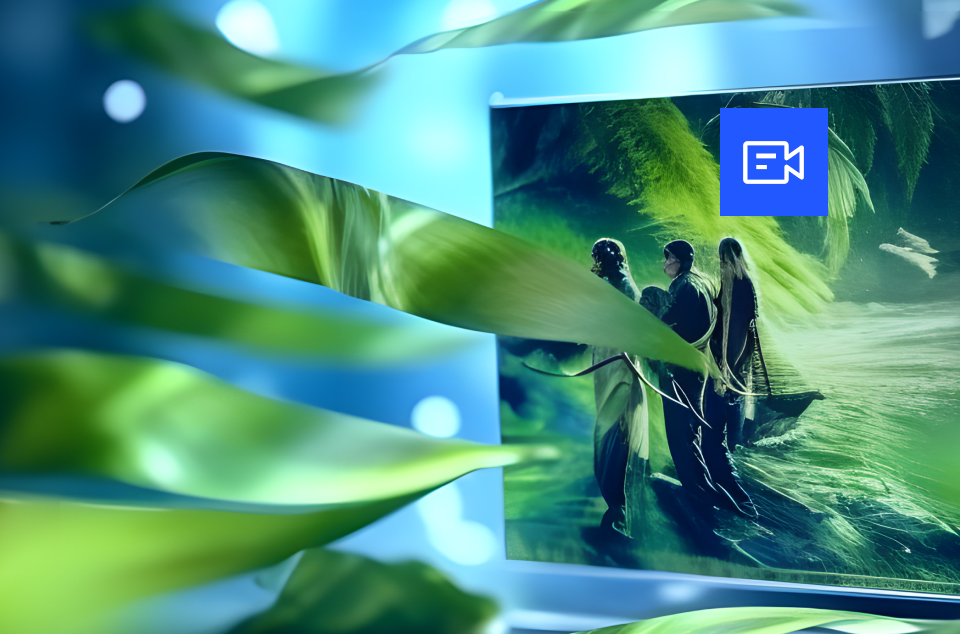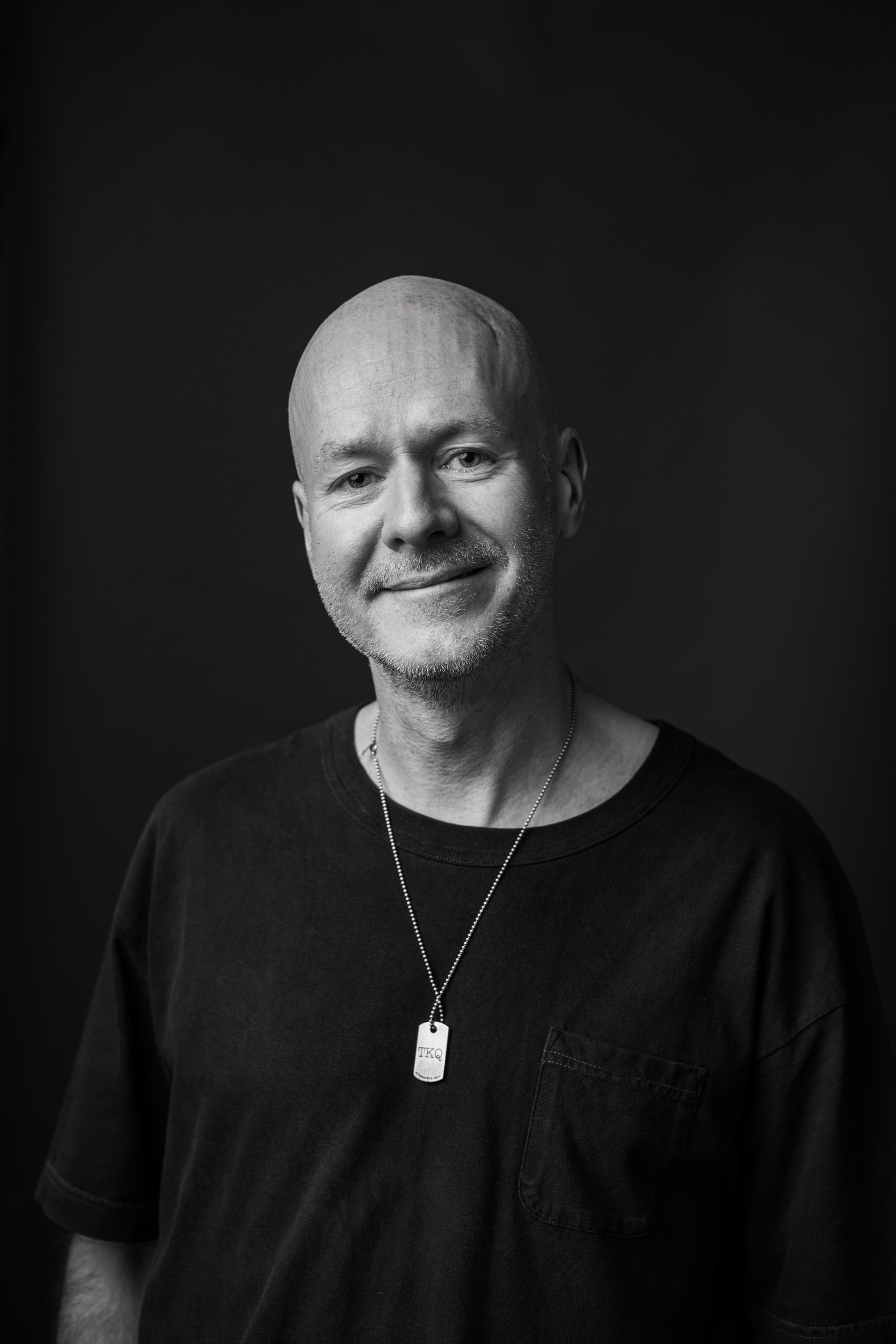Traditionally, B2B storytelling has positioned the product as the hero. It made sense. We’re selling a product to a business and decision makers will want to know its latest and greatest capabilities to make an informed choice. Look at what it can do!
However, B2B marketers have learned over time that new features don’t always correspond to what potential customers care about. In addition, wave after wave of features-laden product marketing has left some businesses and their customers feeling a little numb.
So, how do we cut through this sea of sameness and better connect with our target audience? Well, by understanding what they care about most: solving their problems. They dream of overcoming challenges to achieve goals and glory. From their perspective, they are the heroes, not products, and B2B stories should reflect this.
At Luxid, we recommend de-emphasizing products in B2B storytelling and making businesses and the people behind them the stars of the show. Products will still be on stage, but in a supporting role where they enable businesses to succeed. To focus more on people, we use the most effective medium for telling human stories: video.
B2C marketers have been leveraging the human storytelling of power of video for some time. Video is king for a reason. When done right, it’s compelling, turning the complex into beautiful simplicity. And it’s quick and to the point. Video grabs viewers’ attention and holds on. Most importantly, it allows people to see themselves in others who are overcoming similar challenges. This makes video stories relatable and memorable.
If video is so effective, why haven’t B2B marketers been using it all along? First, video has previously been expensive and B2B marketers don’t often have advertising-level production budgets. Fortunately, technology has made producing video much more affordable. Second, the immediacy of video makes it great for connecting with viewers and driving engagement, but less effective at communicating detailed product information. It wasn’t the best tool when B2B marketers were more preoccupied with product-focused storytelling.
But what is very clear, is that video storytelling is a powerful asset when taking customers along the end-to-end journey. While every customer is unique, there is a shared journey to transformation or change that video can support at key stages, from challenging the status quo, understanding that change is necessary, researching solutions and embracing and optimizing those solutions. Strategic storytelling is purposeful and designed to move customers along their respective journeys.
Different types of story assets serve different purposes at different phases of the customer journey: encouraging change, supporting learning and empowering choice. A well-integrated and orchestrated customer story programme meets customers where they are and encourages them to take the next step.
When thinking about what makes an engaging, relatable human story, there are several key principles that marketers need to embrace for effective use of video:
Real people: We believe the most compelling stories are human, relatable and emotional. They feature real people speaking in their own words about overcoming challenges and achieving goals.
Outcome focused. These stories are outcome and benefit focused and backed by performance metrics to address what customers care about most – solving their problems.
Clear and concise: We believe memorable stories are focused and clear. They are not about everything, they are about the most important thing.
Dessert first: They pull viewers in from the beginning. There is no slow build up to what’s interesting, it’s a dessert-first approach.
Let’s move: These stories move. They are active and show individuals doing things and engaging with people and the world.
Next steps: They leave us wanting to learn more, with calls to action that drive engagement and provide customers next steps on their respective journeys.
Another important element to consider is interestingness. Effective, memorable stories are often built around something surprising. If while researching a story you discover something that seems counterintuitive or even contradictory to what you were expecting, that might be the kernel of an idea around which you can frame the story. Surprises keep viewers’ attention.
You may be asking, sounds good, but how do I get started in video storytelling? First, nobody knows your customers better than you, so you need to choose a partner that collaborates and lets you review at every stage of the process. At Luxid, we start with the foundation of an effective customer story: a thoughtful and comprehensive brief. It should include a clear understanding of the customer, the challenges faced, the solutions implemented and the benefits seen with supporting metrics. Our team will work with you to ensure everyone is aligned on the story you want to tell.
Next, we schedule time to talk with our story subjects in discovery-driven discussions designed to unearth things we don’t know: their unique perspectives, any surprises, contradictions, insights, interestingness, etc. Working from the brief and findings from our conversations with the story subjects, we create a concepts deck. It outlines different ways we might tell the story with visuals illustrating how we would bring the story to life.
Once you’ve chosen a creative path forward, our creative team leaps into action to produce the story across assets determined in the brief - videos, case studies, interactive stories, infographics, and so on. And, during the production and post-production phases, you are included in review rounds at every step to offer feedback and guide the end result.
And the end results can be truly amazing. There are some great examples of human, emotional stories exemplify best practice in video storytelling. Meet Live Tinted from the Dell Technologies series Businesses We Love puts a small business owner front and center. It’s about her story, the challenges she faced, and about how Dell’s solutions enabled her to overcome those challenges. It also includes an empowering social message that delivers on an emotional level.
For even greater emotional impact, the profile of Stephanie Herrera from the Salesforce series My Trailblazer Story packs quite a punch. Like a little documentary, it tells her life story, including the obstacles she faced and the successes she achieved. The technology and products are there, but they’re made more powerful by being part of something bigger.
In pursuit of storytelling inspiration, we also look outside of marketing and video. Two series that speak to me because they allow everyday people to share their own extraordinary stories in their own words are the photoblog Humans of New York and the podcast Story Corps. Incredible, human stories can be found everywhere if you know how to look and listen for them.
If you like to know more about how video storytelling can help you to engage more customers and unlock business growth, then talk to an expert at Luxid’s Creative Excellence solution.









